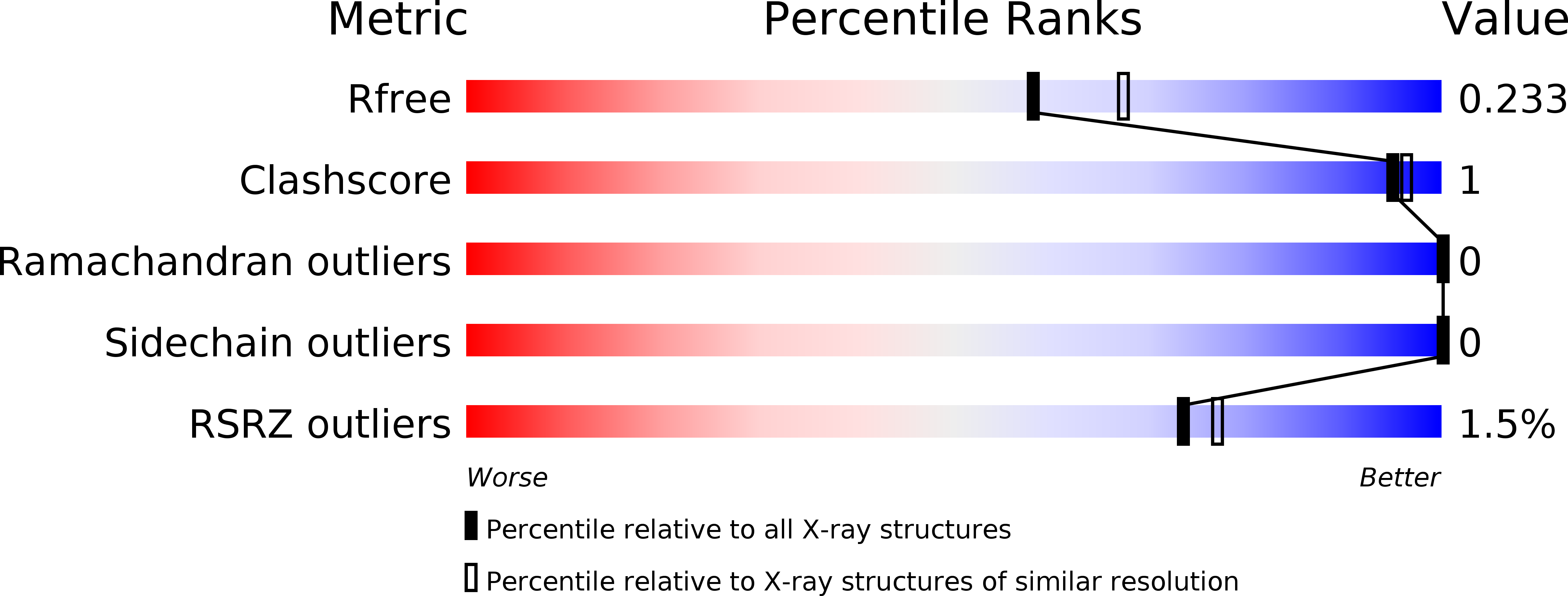
Deposition Date
2014-07-29
Release Date
2015-02-11
Last Version Date
2023-09-27
Method Details:
Experimental Method:
Resolution:
2.10 Å
R-Value Free:
0.22
R-Value Work:
0.18
R-Value Observed:
0.18
Space Group:
P 64 2 2


